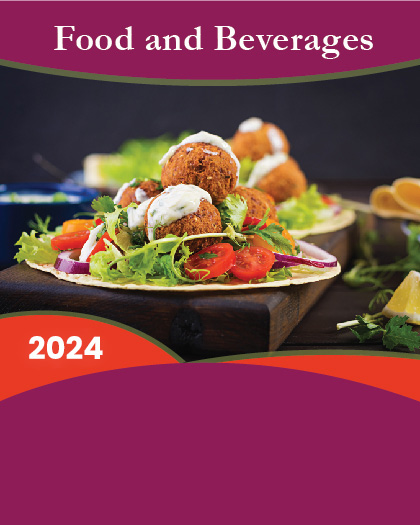
Global Bakery Processing Equipment Market is valued at approximately USD 15.77 billion in 2023 and is anticipated to grow with a healthy growth rate of more than 6.7% over the forecast period 2024-2032. Bakery processing equipment refers to the machinery and tools used in the production and processing of bakery products, including bread, pastries, cakes, cookies, and other baked goods. This equipment is designed to handle various stages of the baking process, from dough preparation, mixing, and forming to baking, cooling, and packaging. Bakery processing equipment encompasses a wide range of machines, such as mixers, ovens, proofers, sheeters, dividers, and slicers, each specialized to perform specific functions efficiently and consistently. The use of such equipment helps bakery manufacturers streamline operations, maintain product quality, increase production capacity, and meet the growing consumer demand for baked goods in both industrial and artisanal settings.
The bakery processing equipment market is witnessing significant advancements driven by technological innovation, changes in consumer preferences, and the rising demand for bakery products globally. Innovations such as spiral-style mixers, which offer high capacity processing with reduced oxidation of dough, and automatic timers that allow for unsupervised dough processing, are revolutionizing the industry. Furthermore, advancements in oven technology, including the introduction of rotating racks, microprocessor controls, and precise temperature and humidity management systems, have resulted in unprecedented control over the baking process, enhancing the quality of baked goods. Moreover, the growth in packaged and processed food demand, expansion into emerging markets, as well as increasing demand for energy-efficient and automated solutions present various lucrative opportunities over the forecast years. However, the high costs of advanced baking equipment and operational challenges in emerging markets are challenging the market growth throughout the forecast period of 2024-2032.
The key regions considered for the Global Bakery Processing Equipment Market study include Asia Pacific, North America, Europe, Latin America, and Rest of the World. Europe is a dominating region in the Global Bakery Processing Equipment Market in terms of revenue. The market growth in the region is being attributed to factors including strong tradition of bakery consumption and the presence of numerous well-established bakery product manufacturers. The region's focus on innovation, automation, and high-quality standards in food production further strengthens its leadership in this market. Whereas, the market in Asia Pacific is anticipated to grow at the fastest rate over the forecast period fueled by increasing urbanization, changing dietary habits, and a rising middle class with higher disposable incomes, leading to greater demand for bakery products.
Major market players included in this report are:
GEA Group AG (Germany)
John Bean Technologies Corporation (JBT) (U.S.)
Ali Group S.r.l. (Italy)
The Middleby Corporation (U.S.)
Buhler AG (Switzerland)
Heat and Control, Inc. (U.S.)
Baker Perkins Ltd (U.K.)
Rheon Automatic Machinery Co., Ltd. (Japan)
ANKO Food Machine Co., Ltd. (Taiwan)
Gemini Bakery Equipment Company (U.S.)
Rademaker BV (Netherlands)
Koenig Maschinen GmbH (Austria)
Mecatherm S.A. (France)
Sottoriva SpA (Italy)
FRITSCH Bakery Technologies GmbH & Co. KG (Germany)
The detailed segments and sub-segment of the market are explained below:
By Product Type
Ovens & Proofers
Mixers
Sheeters & Molders
Others
By Application
Bread
Cakes & Pastries
Cookies & Biscuits
Pizza Crusts
Others
By Region:
North America
U.S.
Canada
Europe
UK
Germany
France
Spain
Italy
ROE
Asia Pacific
China
India
Japan
Australia
South Korea
RoAPAC
Latin America
Brazil
Mexico
RoLA
Middle East & Africa
Saudi Arabia
South Africa
RoMEA
Years considered for the study are as follows:
Historical year - 2022
Base year - 2023
Forecast period - 2024 to 2032
Key Takeaways:
Market Estimates & Forecast for 10 years from 2022 to 2032.
Annualized revenues and regional level analysis for each market segment.
Detailed analysis of geographical landscape with country-level analysis of major regions.
Competitive landscape with information on major players in the market.
Analysis of key business strategies and recommendations on future market approach.
Analysis of competitive structure of the market.
Demand-side and supply-side analysis of the market.
























